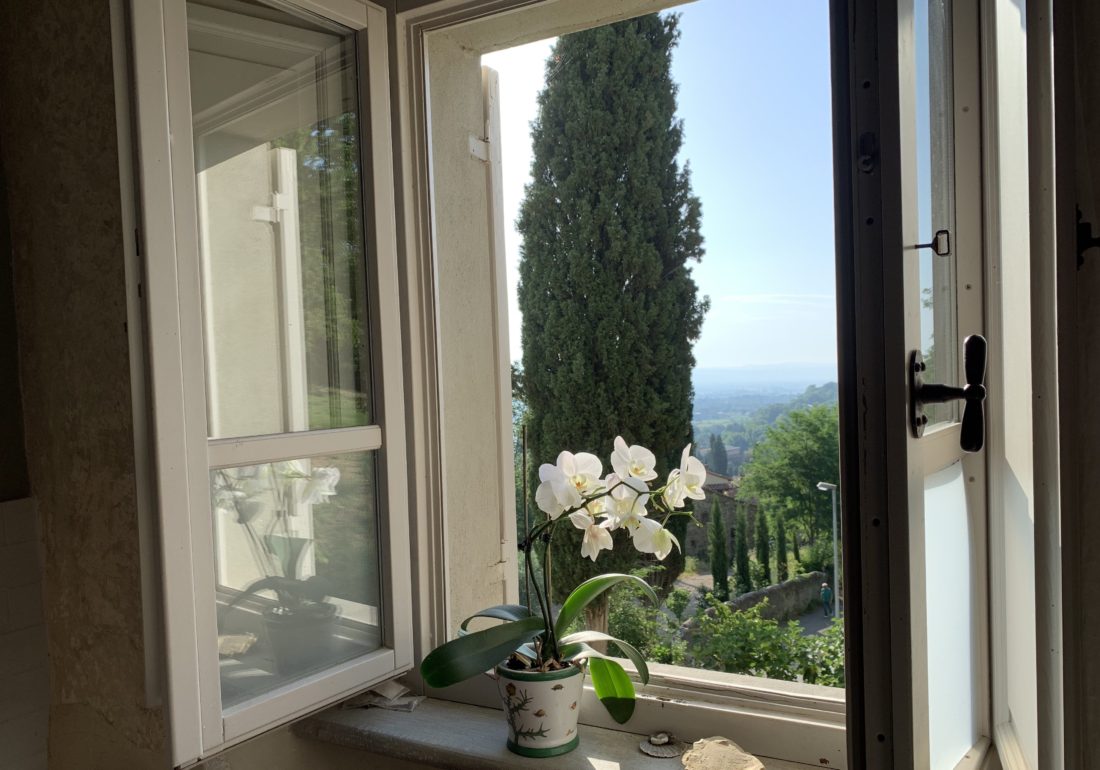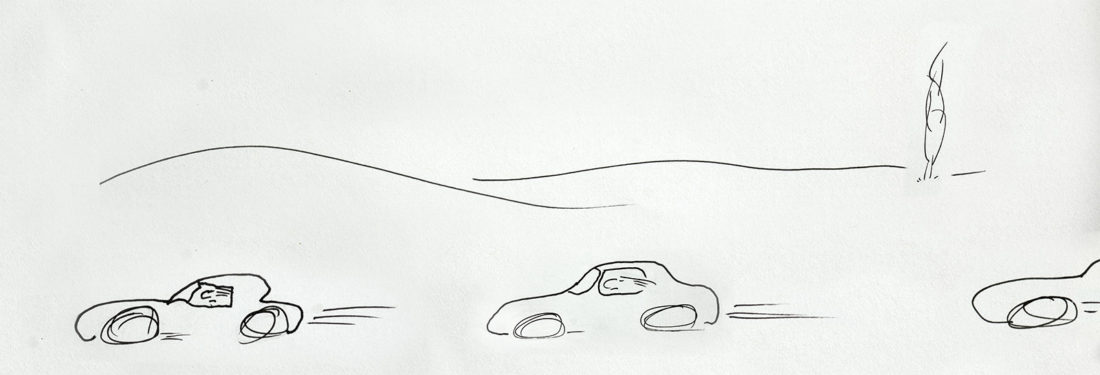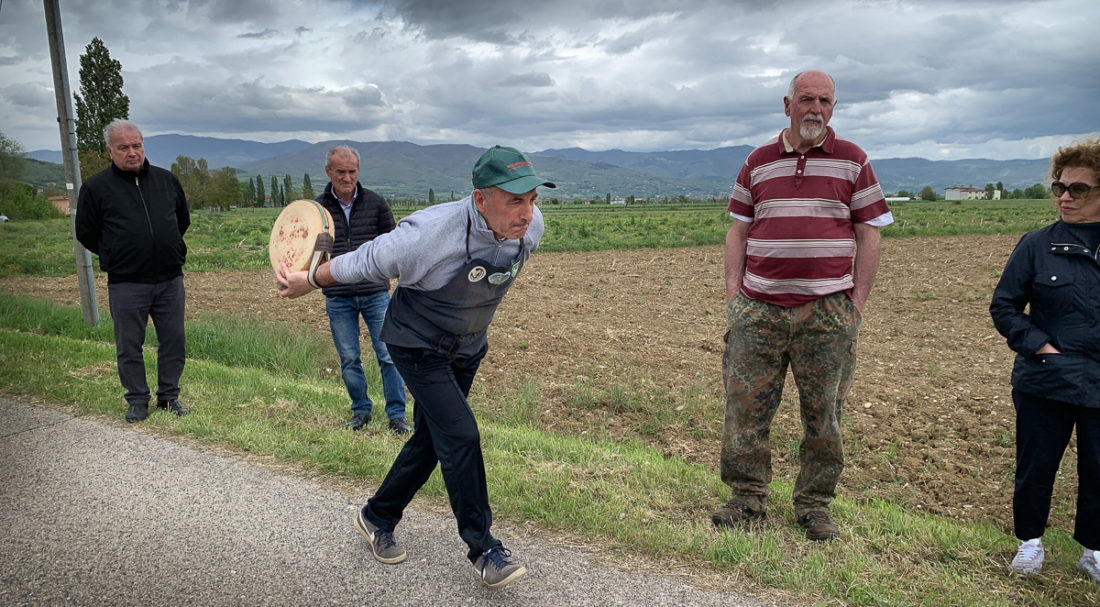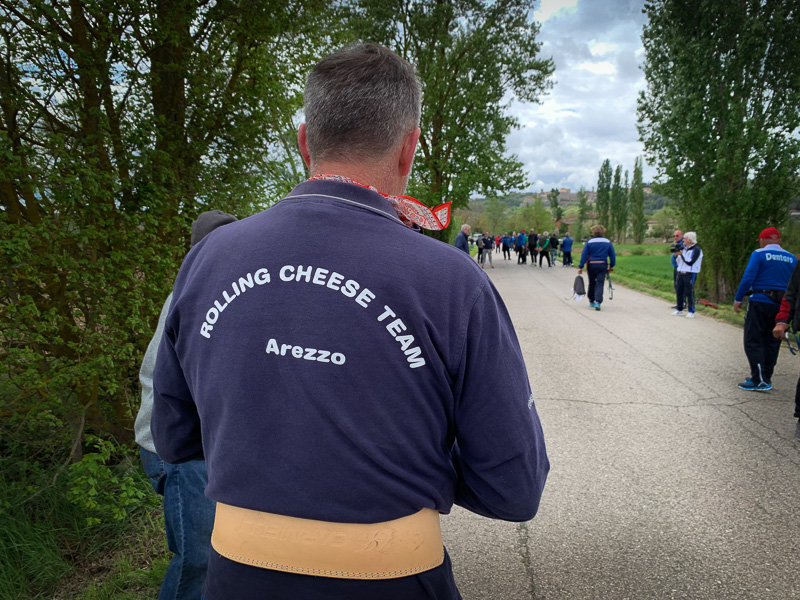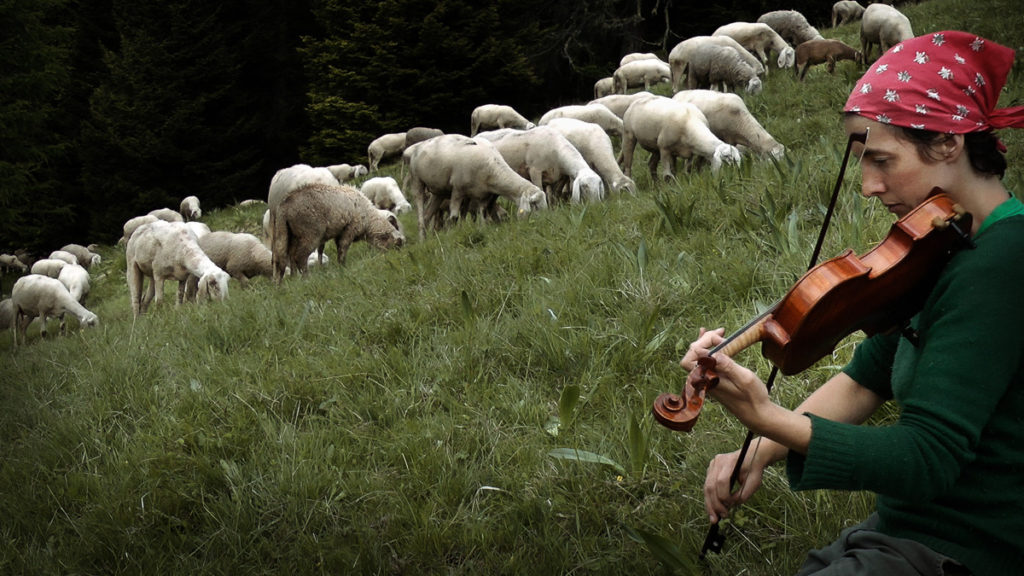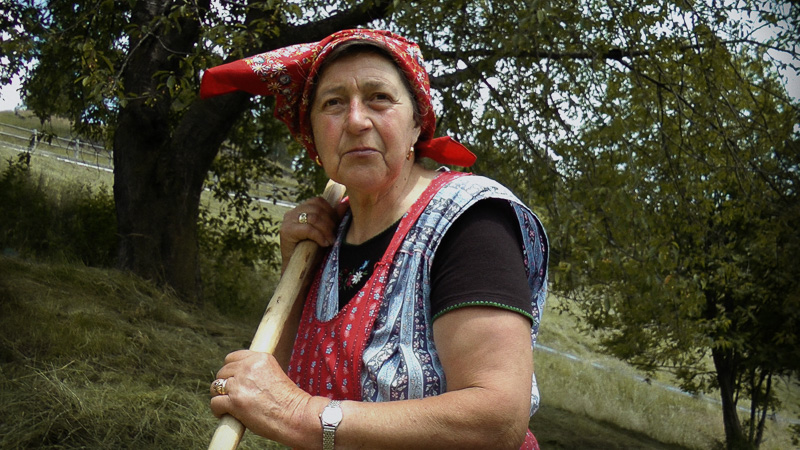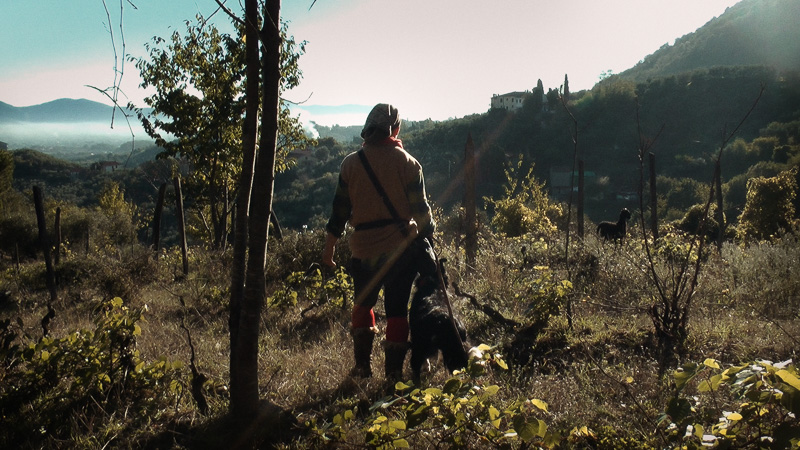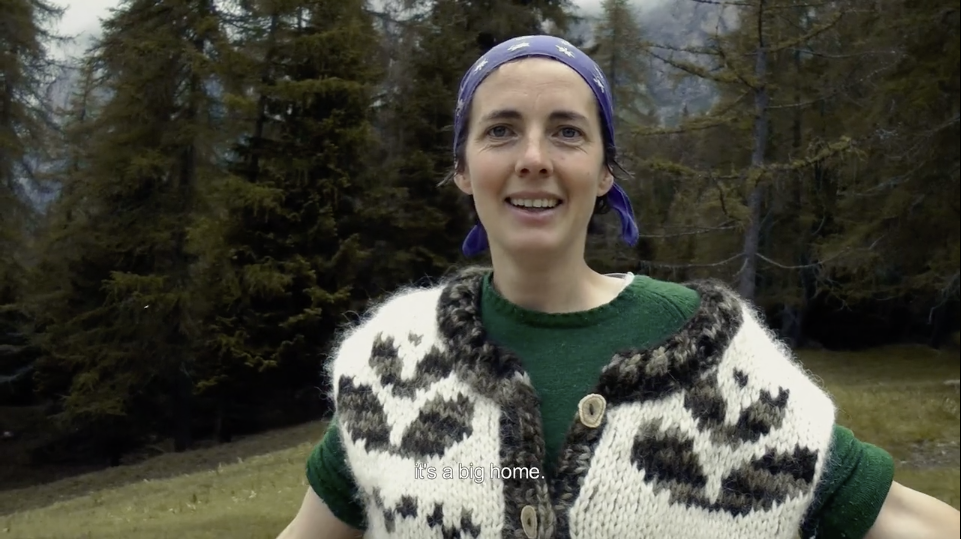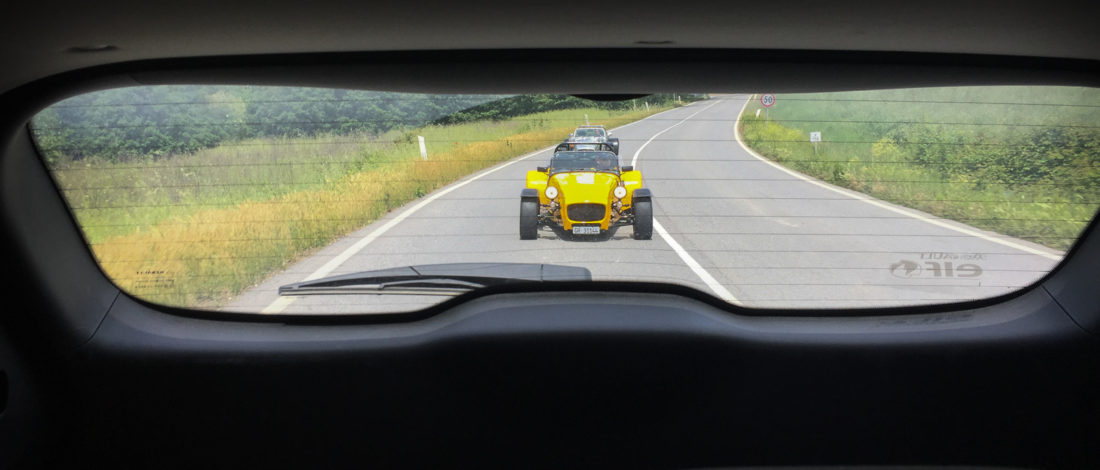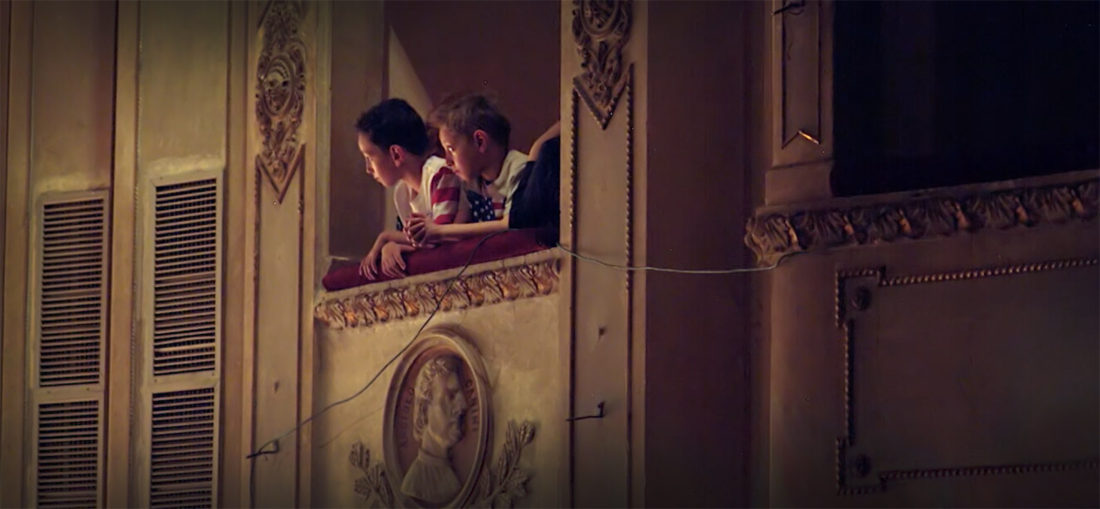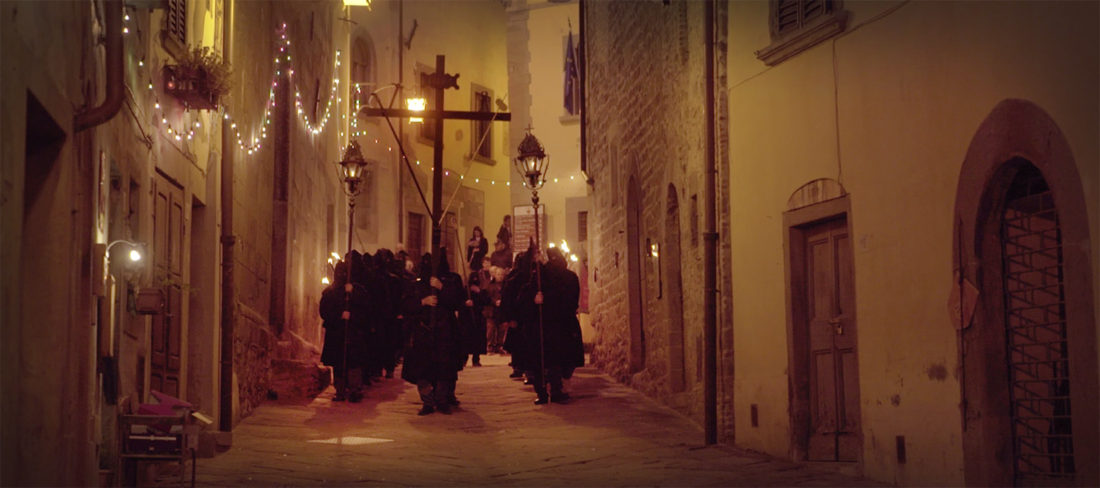Why I like going to the dentist
One of the scary things about moving to a new country, culture, and language is doing things like finding a new dentist. There’s such a comfort level built up with trusted doctors and dentists and it’s unsettling to walk into the unknown when your body is involved. I was hoping to find competence, but was surprised to find incredible skill married to something else—that ability to relate on a human level in professional settings that it something I treasure about the Italians.
Our journey started when we had a dental “emergency”. One Saturday morning, the day of a big high school dance, Donella’s front tooth chipped. We got a referral and phoned the dentist, Marco, who we’d never met. Donella explained the situation, and although we were not his patients, he was sick with the flu and had a fever, and the office was closed, he immediately agreed to meet her and fix it before the dance, never for a moment questioning that this was a big deal.
So the whole family started going for the whole range of normal dental stuff. John and I had some quite elaborate crown-like work done with great success. Marco is a film and music buff and has an amazing collection of DVDs. He is equal parts artist and dentist so when you get work done it takes as long as it takes to make it perfect, which gets even longer when he stops for minutes at a time to analyze a scene from a movie that we are watching, or to search for an obscure piece of music that he is reminded of by the piece that’s playing.
But then we needed to have Donella’s wisdom teeth taken out. My American worldview is that there’s a line you cross with things like wisdom teeth and root canals where you need a specialist oral surgeon, so I was surprised when our dentist said he could do it. With great trepidation, but a foundation of trust we built about his skill, I agreed.
The Italian style of removing wisdom teeth is that you take one or two out in a session. We insisted that all four be removed the same day, which he was very reluctant to do, but said he’d try. We show up for the procedure and I ask about what beyond normal numbing is given for pain—I certainly needed every bit of the “twilight zone” I was in when I had mine removed. Donella is a bit odd about teeth—loved when she had loose teeth and she could wiggle them out. She was the go-to kid in elementary school for all the other kids with loose teeth cause she was so good (and fearless) about pulling them out. But that’s really different from having wisdom teeth pulled.
He said he nothing beyond numbing. I insisted that we at least had some Valium on hand in case she needed it during the procedure and he agreed and wrote a prescription. I went off to the nearby pharmacy to fill it, especially after seeing the array of tools on hand.
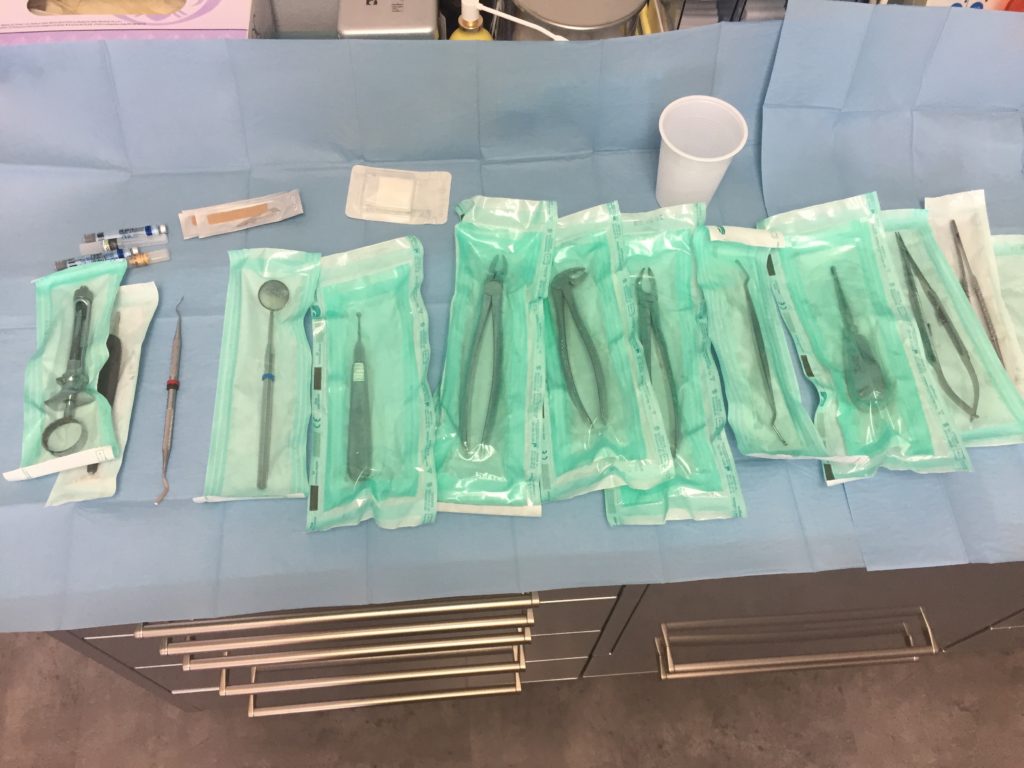
I return to the office just in time to hear Donella scream. I instantly morph into super-Mom calculating how far to the nearest airport, how quickly we can get her to a surgeon in the States, etc. etc. I go to the door, peek in, in my best confident voice assure Donella that I am back, standing by if she needs anything, and silently willing her to walk out if needed. Turns out that the shot for numbing was a bit more intense than she’d expected.
In the waiting room I am shaking and feeling a bit sick with nerves, really regretting this level of going local. About twenty minutes pass and then I hear laughing, cheering, and chatter. The dentist comes into the waiting room holding a tool with one tooth aloft. I go into the room to discover that he’d let Donella remove her own tooth, and she is saying this is the most fun she has ever had.
Hmmm. This was turning out a bit differently that I was thinking. The scene repeats itself three more times—she ends up removing two of the four herself. After all four are out the mood in the room is completely triumphant.
The dentist later admitted to Donella that he was so stressed about removing all four that immediately after the only thing he could do was drive to the sold-out Umbria Jazz festival, where he met a guy outside selling an extra ticket for a front-row seat. He stood there for hours, soaking in the music, and celebrating an excellent day in the office.








